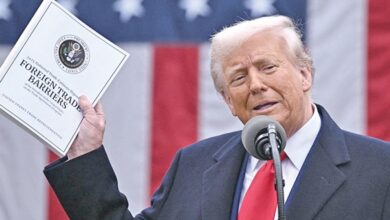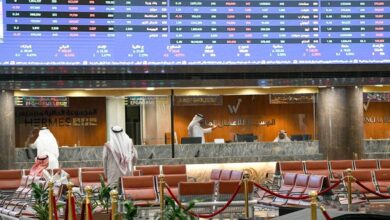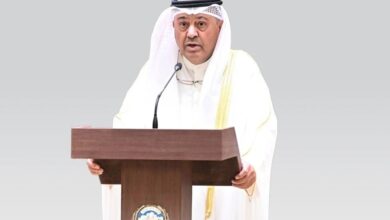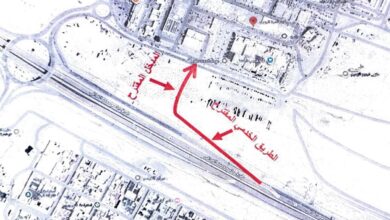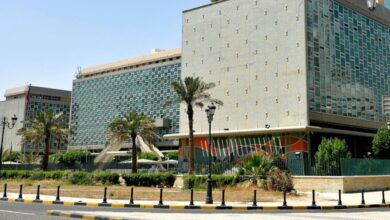Pope Francis, a legacy of humility, service to humanity
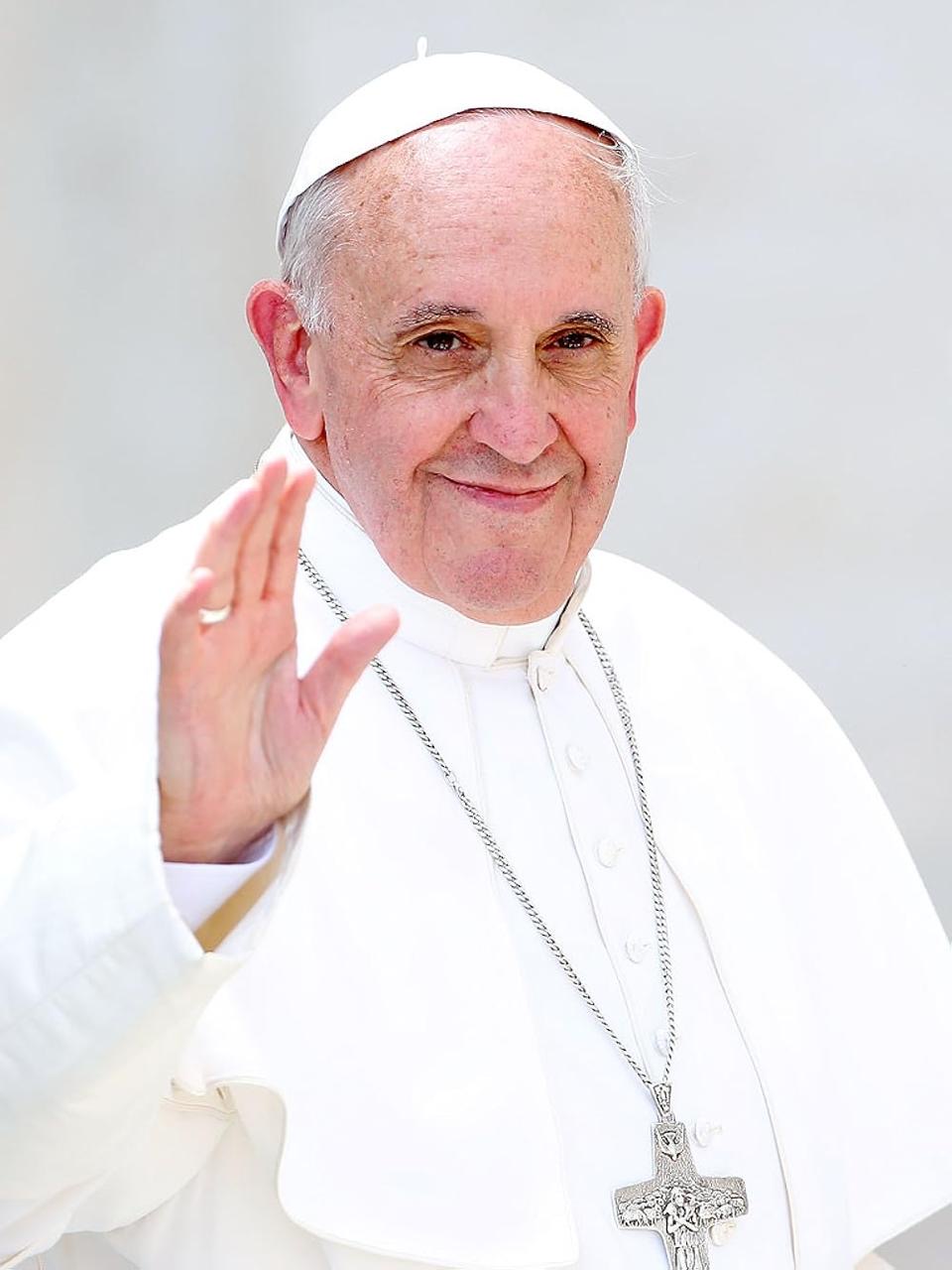
Church services have been held around the world over the past few days as the global Christian community of nearly 1.4 billion mourned the passing of Pope Francis, who died in the early hours of Easter Monday, 21 April.
In a statement issued on Monday, the Vatican’s camerlengo, or cardinal chamberlain, Cardinal Kevin Farrell, formally announced the death of the 88-year-old pontiff. The statement said His Holiness the Pope had “returned to the home of the Father”, and added, “He taught us to live by the values of the Gospel with fidelity, courage and universal love, especially in favor of the poorest and most marginalized.”
Pope Francis died after suffering a stroke and subsequent irreversible heart failure at about 07:35 local time (05:30 UTC), the statement confirmed. The pontiff had for years suffered from respiratory ailments, starting when he was just 21 and had a part of his lungs excised due to cyst formations. Most recently in March, he overcame a bout of life-threatening pneumonia that had confined him to hospital for nearly five weeks.
On Easter Sunday, a frail Pope Francis had appeared in a wheelchair at the balcony of his residence to deliver the traditional Easter address in front of thousands of worshipers gathered at St. Peter’s Square below. Less than 24 hours later, Pope Francis was no more. Following his passing , the pontiff’s body was moved from the chapel of Domus Sanctae Marthae— the official Vatican guesthouse where the pope had opted to live during his papacy— to the much larger and more ornate St. Peter’s Basilica, so mourners from around the world could pay their last respects,
By Friday, when the three-day public viewing came to a close, over a quarter million people had come to offer prayers and pay respects to the popular pontiff. In his final testament, released by the Vatican on Monday, Pope Francis had made clear that he did not wish to have the elaborate death rites associated with the death of a pontiff, including the use of an embellished coffin and the displaying of his body on a raised platform. He also asked to be buried in Rome’s Basilica of St Mary Major with a simple inscription on his tomb saying ‘Franciscus’ .
Pope Francis will however, like his predecessor, be buried with some items that symbolized his time and achievements as Supreme Pontiff. These include the pallium, a vestment used only by the pontiff and metropolitan archbishops; the rogito, a deed that summarises the highlights of Francis’s time as Pope, and bags of silver, gold and copper coins in number equal to the years of his papacy.
Before he took on his papal name of Pope Francis, he was called Jorge Mario Bergoglio. Born on 17 December 1936 in Buenos Aires, Argentina, Jorge was the eldest of five children of Mario Bergoglio and Regina Sivori. Mario Bergoglio was an Italian immigrant and an accountant, whose family had fled their native Italy in 1929 to escape fascism. Regina Sívori was born in Buenos Aires to a family of northern Italian origin.
Jorge Bergoglio graduated as a chemist and then went on to work in the food section of Hickethier-Bachmann Laboratory. In 1955, inspired by a local priest he began studies at the Jesuit archdiocesan seminary in Buenos Aires. At the end of three years as a novice in the Society of Jesus, he officially became a Jesuit in 1960, and nine years later was ordained a priest. In 1973 he was named provincial superior of the Society of Jesus in Argentina for a six-year term that ended in 1979.
He spent the next two decades immersing himself in theological studies and research in Argentina and in Europe. In 1992, Bergoglio was named Auxiliary Bishop and six years later became Archbishop. In 2021, Pope John Paul II anointed him as a cardinal and he entered the Church’s civil service, the Curia. Following the resignation of Pope Benedict XVI on 28 February 2013, the conclave of cardinals met to choose a successor and elected Cardinal Bergoglio as the 266th Pope of the Catholic Church.
Pope Francis was the first non-European leader of the Church since Syrian-born Pope Gregory III, more than 12 centuries ago in 741. He was also the first Jesuit, and the first Pope of the Roman Catholic church to hail from Latin America. Throughout the 12 years of his papacy, Pope Francis was known for his humility and simple lifestyle, as well as for his commitment to social justice. His progressive approach in the Church’s approach to modern social issues and his push for transparency within the Church administration were welcomed by many.
He strongly opposed anti-immigration policies and advocated for the rights of refugees, calling the protection of migrants a “duty of civilization”. In his sermons, he often called for social inclusion and criticised governments that failed to pay attention to the poorest in society. “We live in the most unequal part of the world,” he said, “which has grown the most, yet reduced misery the least.” He was also a critic of trickle-down economics, consumerism, and overdevelopment, and made addressing climate change a leading focus of his papacy.
Prior to being elected as Pope, Francis positioned himself as a compromise candidate by appealing to conservatives with orthodox views on sexual matters while attracting reformers with his liberal stance on social justice. Although the papacy of Pope Francis was marked by many firsts, and he never stopped implementing reforms to the Catholic Church, he remained popular among many traditionalists for his doctrinal conservatism.
Shortly after becoming Pope, he took part in an anti-abortion march in Rome—calling for rights of the unborn “from the moment of conception”. And, although he was supportive of some kind of same-sex unions for gay couples, the Pope did not favor calling it marriage. This, he said, would be “an attempt to destroy God’s plan”. He also ruled against ordaining women in the clergy and insisted on celibacy of priests.
On the political front, he called for global peace and humanitarianism. He urged for peace between Israel and Palestinians, signed the Vatican’s first treaty with Palestine, and spoke against Israel’s military operations in Gaza. As a Latin American, he provided a crucial service as mediator when the US government edged towards historic rapprochement with Cuba in 2015.
There will be some among the faithful who would have preferred a more liberal leader, and critics will point to his perceived weakness in confronting the Church’s negative legacy of clerical sexual abuse. But there is no denying that the changes he initiated in Church administration helped tackle corruption, increase transparency, and enhance the Church’s historic mission of focusing on the poor.”We need to avoid the spiritual sickness of a Church that is wrapped up in its own world,” said the pontiff shortly after his election.
Besides the progressive outlook during his papacy, Pope Francis also anointed over 140 non-European cardinals, changing the composition of the Church’s top hierarchy and widening its representation of the laity, It is perhaps this transformation more than anything else that the late Pope would bequeath to his successor— a Church that is much more global in its outlook and far more inclusive in its representation—than the one he inherited in 2013.










